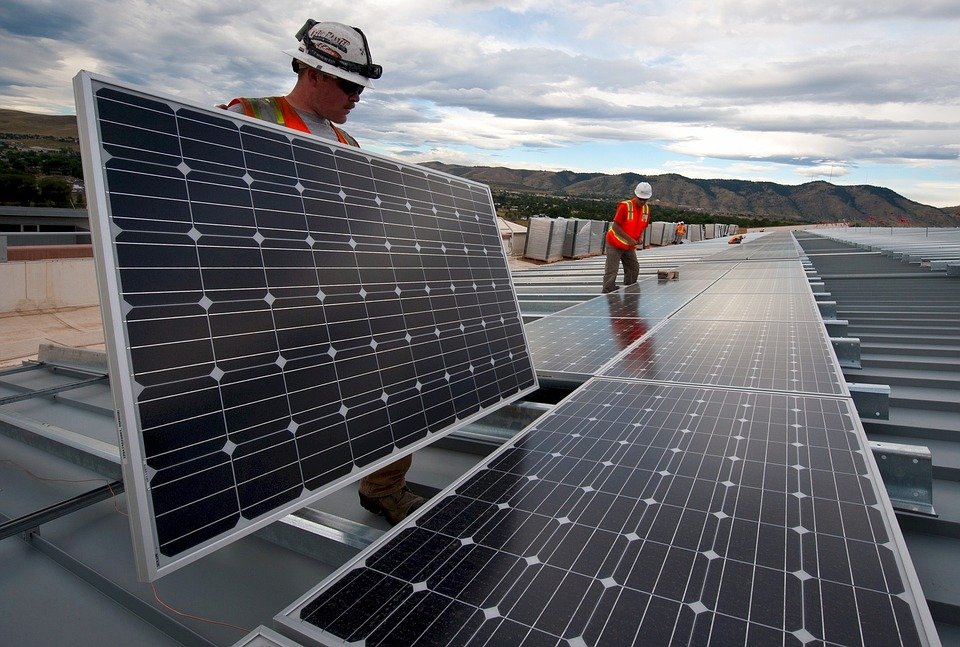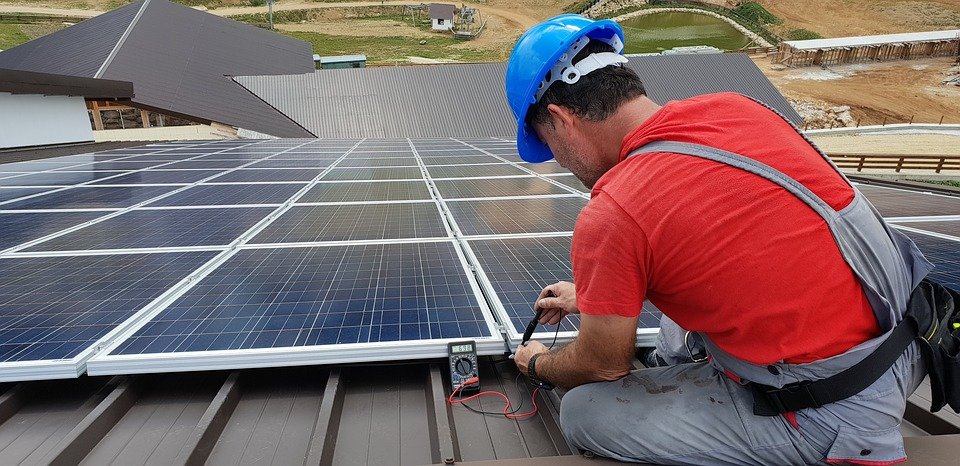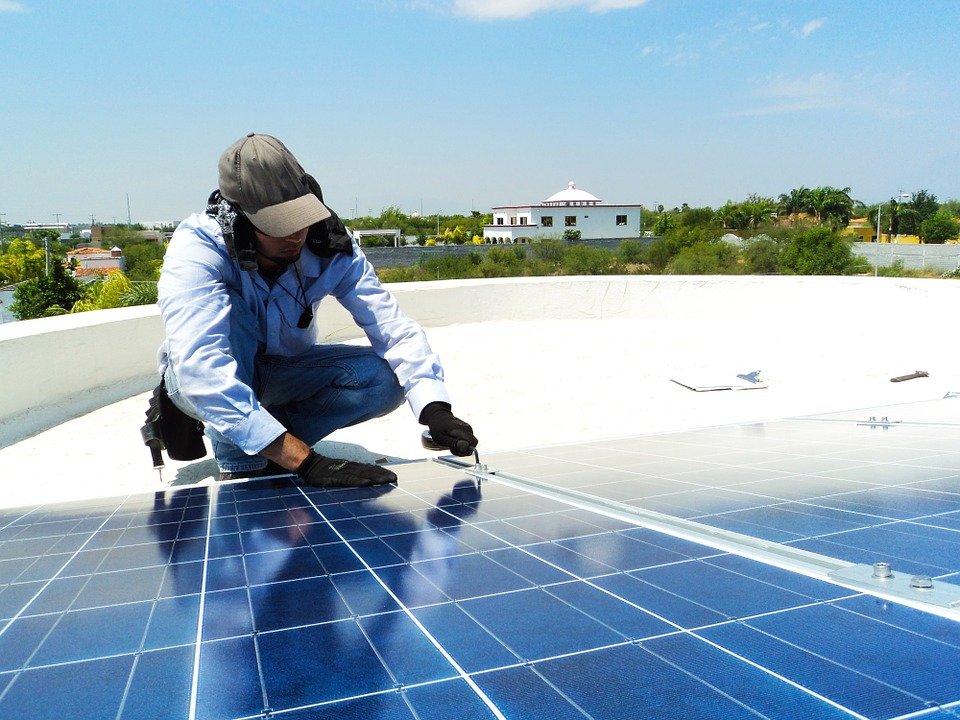
Solar panel installation in the United States is actually quite easy as long as you have the right materials and guides to follow. While there might be slight differences in your region, here's an overview of the typical solar panel installation process. In general, the installation process usually takes several visits and several steps along the way. The parts you'll need will depend on the type and size of the panels you purchase and the instructions included with them.
Most people who look into solar panel installation opt for flat roofs. However, you can also install panels for all the energy you need. A flat roof requires slightly more work, but it will free up more space in your attic or garage and let you install the panels closer to the walls of your home. If you're going with a slanting roof, remember to check with your local building codes. The requirements for installing solar panels on roofs vary depending on the codes in your particular area.
Many people who are trying to save money and cut back on their energy bills start by getting an Electrical Distribution System (EDS) to connect all of your electrical needs. An EDS will give you a reading of how much power you're using every day and let you know where you need to make changes to your home. But an EDS alone isn't sufficient for solar panel installation. You need to also get a power meter so that you can actually read your power consumption in relation to the amount of sunlight that's available in your region. The measurement of the power consumption, or the output, will then determine the amount of power you need to purchase from a supplier.
One of the most popular ways of solar panel installation today involves building small portable units that can be moved throughout the yard. These units are usually made up of plywood, a glass cover, some hardware and a battery. Many people like to place them in their backyards so that they can be as hidden as possible. These units allow you to convert the sunlight into electricity that you can use right away.
There are many other methods for your solar panels installation process as well. You may have always wanted to install solar panels on your own but felt that you weren't skilled enough to accomplish the project. In fact, some homeowners are intimidated by the entire solar panel installation process because they don't know exactly what they need to do. They may also think that the cost would be affordable, especially if they live in an area where there is no or minimal sunlight available. Visit https://blueravensolar.com/blog/residential-solar-installation-cost/ to get more details about solar pannel installation.
Fortunately, if you have some basic carpentry skills, you can complete this project on your own. If you're not good with basic carpentry skills, you can purchase a kit that will show you how to install solar panels. The kits contain everything that you need to get started including detailed diagrams. Before purchasing any solar panel installation kit, you should check out the different options that are available. This will help you make a better decision and get a system that fits into your budget.Check out this post for more details related to this article: https://simple.wikipedia.org/wiki/Solar_energy.


